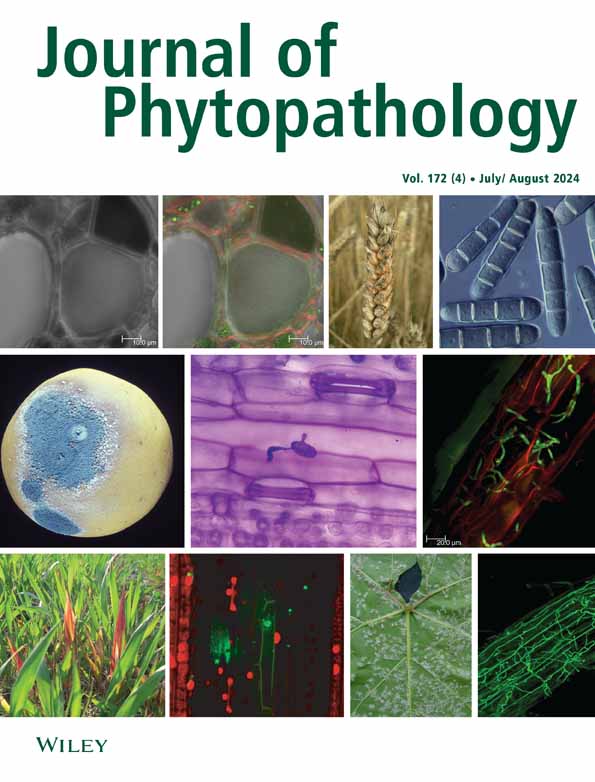Artificial Intelligence and Plant Disease Management: An Agro-Innovative Approach
Abstract
The implementation of artificial intelligence (AI) systems in agriculture leads to intelligent operational systems for immediate field management needs. Modifications in AI, specifically regarding plant disease the detection have turned this technology into a revolutionary instrument that modern agriculture depends on. The growing human population requires smart farming technology for boosting efficiency in crop cultivation since conventional expansion of agricultural land is no longer feasible. The combination of constrained land sizes with labour scarcity and environmental issues affecting soil productivity along with limited production results lead to technology adoption becoming needed. Imported through AI, precision farming provides maximum efficiency in productivity by performing instantaneous property assessments to achieve superior crop protection and leadership decisions and disease management. Agricultural automation enables higher efficiency through IoT because it reduces human interaction. Disease diagnosis by AI-based systems with machine learning and computer vision facilitates early detection, enabling automated monitoring and decision systems that enable optimisation of the use of resources and losses in agricultural products. The implementation of AI technology faces drawbacks from limited availability of data, and difficulty in understanding models, and difficulties with technology deployment in basic facilities. The integration of AI-based tools also requires farmers to acquire technical expertise because existing farmer-centric systems do not exist for them to use. The complete agricultural transformation and global food security need the removal of these important barriers that limit AI application.

 求助内容:
求助内容: 应助结果提醒方式:
应助结果提醒方式:


